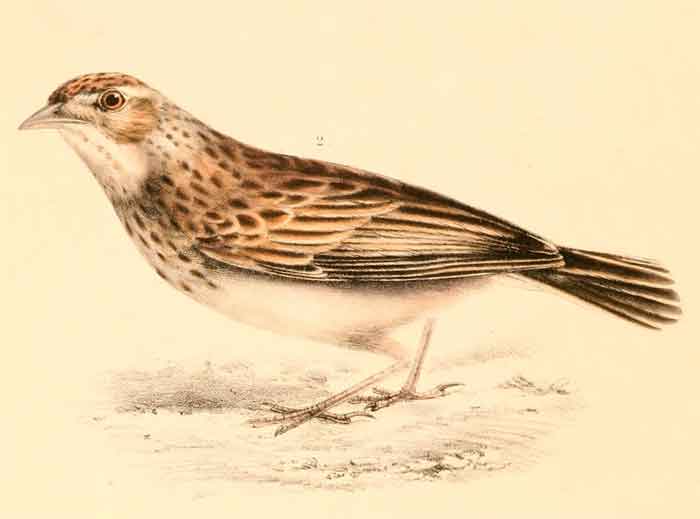
Superregnum: Eukaryota
Cladus: Unikonta
Cladus: Opisthokonta
Cladus: Holozoa
Regnum: Animalia
Subregnum: Eumetazoa
Cladus: Bilateria
Cladus: Nephrozoa
Superphylum: Deuterostomia
Phylum: Chordata
Subphylum: Vertebrata
Infraphylum: Gnathostomata
Megaclassis: Osteichthyes
Cladus: Sarcopterygii
Cladus: Rhipidistia
Cladus: Tetrapodomorpha
Cladus: Eotetrapodiformes
Cladus: Elpistostegalia
Superclassis: Tetrapoda
Cladus: Reptiliomorpha
Cladus: Amniota
Classis: Reptilia
Cladus: Eureptilia
Cladus: Romeriida
Subclassis: Diapsida
Cladus: Sauria
Infraclassis: Archosauromorpha
Cladus: Crurotarsi
Divisio: Archosauria
Cladus: Avemetatarsalia
Cladus: Ornithodira
Subtaxon: Dinosauromorpha
Cladus: Dinosauriformes
Cladus: Dracohors
Cladus: Dinosauria
Cladus: Saurischia
Cladus: Eusaurischia
Subordo: Theropoda
Cladus: Neotheropoda
Cladus: Averostra
Cladus: Tetanurae
Cladus: Avetheropoda
Cladus: Coelurosauria
Cladus: Tyrannoraptora
Cladus: Maniraptoromorpha
Cladus: Maniraptoriformes
Cladus: Maniraptora
Cladus: Pennaraptora
Cladus: Paraves
Cladus: Eumaniraptora
Cladus: Avialae
Infraclassis: Aves
Cladus: Avebrevicauda
Cladus: Pygostylia
Cladus: Ornithothoraces
Cladus: Ornithuromorpha
Cladus: Carinatae
Parvclassis: Neornithes
Cohors: Neognathae
Cladus: Neoaves
Cladus: Telluraves
Cladus: Australaves
Ordo: Passeriformes
Subordo: Passeri
Infraordo: Passerida
Superfamilia: Passeroidea
Familia: Alaudidae
Genus: Mirafra
Species: Mirafra cheniana
Name
Mirafra cheniana Smith, 1843
The melodious lark (Mirafra cheniana) is a species of lark in the family Alaudidae found in southern Africa. It is currently threatened by habitat loss.
Taxonomy and systematics
The alternate name of singing bush lark usually refers to the species of that name, Mirafra cantillans. Other alternate names for the melodious lark include: Latakoo lark, Latakoo bush lark, melodious bushlark, singing bush lark, Southern lark, Southern singing bush lark and Southern singing lark.[2]
Distribution and habitat
The melodious lark has a probable maximum range of 110,400 square kilometres (42,600 sq mi), separated into many disjunct populations located in South Africa (Eastern Cape, the Free State, Gauteng, KwaZulu-Natal, Limpopo, and North West Province), Botswana and Zimbabwe.[3] At times, local populations will abandon one area for another when the regular dry-season fires occur.[3]
Habitat
The natural habitat of the melodious lark is subtropical or tropical, seasonally wet or flooded, lowland grassland.[3] Within these regions, it prefers the drier slopes, especially in open runs between grassy tussocks.
Melodious larks select different textures of grass or grass parts to build their domed, obliquely-accessed nests. They use the harder and more fibrous grasses and stalks for an outer thatch, while the finer and softer grasses or grass leaves are used to line the nest's interior.[3]
Behaviour and ecology
Breeding
The melodious lark is assessed as likely to be both territorial and monogamous, and lays a clutch of 2-4 eggs.[3] It is generally resident, breeding from September to March. The level of breeding activity varies depending on locality. The most active period in South Africa is between November and January, while in Zimbabwe it is from January to March.[3]
Food and feeding
The melodious lark forages on the ground for food, eating mostly grass seeds supplemented with insects.[3]
References
BirdLife International (2017). "Mirafra cheniana". IUCN Red List of Threatened Species. 2017: e.T22717008A118389631. doi:10.2305/IUCN.UK.2017-3.RLTS.T22717008A118389631.en. Retrieved 14 November 2021.
"Mirafra cheniana - Avibase". avibase.bsc-eoc.org. Retrieved 2016-12-10.
Compilers: Andrew O'Brien, Joe Taylor (2008). "Melodious Lark - BirdLife Species Factsheet". Evaluators: Stuart Butchart, Joe Taylor. BirdLife International. Retrieved May 11, 2009.
Retrieved from "http://en.wikipedia.org/"
All text is available under the terms of the GNU Free Documentation License

